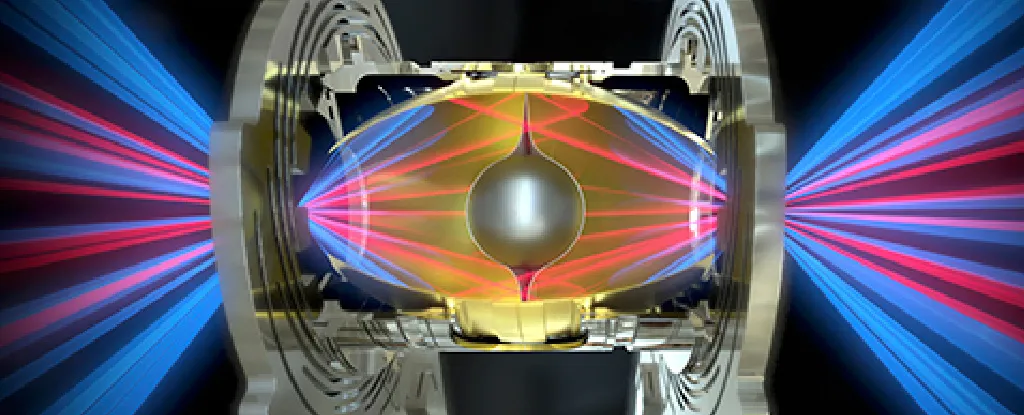In the heart of China, researchers are pushing the boundaries of laser technology, unlocking new possibilities for optoelectronic materials that could revolutionize the energy sector. Shu-Yu Liang, a leading expert from the State Key Laboratory of Integrated Optoelectronics at Jilin University and the Department of Mechanical and Automation Engineering at The Chinese University of Hong Kong, has been at the forefront of this cutting-edge research.
Laser micro-nano processing technologies are not just a scientific curiosity; they are a game-changer for industrial applications. These technologies offer designable patterning, arraying capabilities, and high precision, addressing challenges that were previously insurmountable. “Laser technologies have demonstrated their effectiveness as powerful tools for micro-nano processing of optoelectronic materials,” Liang explains. This precision is crucial for developing advanced, high-performance optoelectronic applications that could significantly impact the energy sector.
The recent advancements in laser technologies have enabled a broad range of applications, from image sensors and displays to solar cells and information encryption. By utilizing various laser techniques—such as laser-induced polymerization, laser ablation, laser-induced transfer, laser-directed assembly, and laser-assisted crystallization—researchers can now achieve unprecedented levels of control and precision.
One of the most promising areas of application is in solar cells. The ability to precisely pattern and modify optoelectronic materials can lead to more efficient and cost-effective solar cells, which are vital for the transition to renewable energy sources. “These laser fabrication methods uniquely provide capabilities such as annealing, phase transitions, and ion exchange in optoelectronic materials,” Liang notes. This level of control can enhance the performance of solar cells, making them more efficient and durable.
The research, published in the International Journal of Extreme Manufacturing (which translates to “International Journal of Extreme Manufacturing” in English), also highlights the potential for laser micro-nano processing in other energy-related applications. For instance, the technology can be used to create advanced lasers and anti-counterfeiting measures, ensuring the integrity and security of energy systems.
However, the journey is not without its challenges. Liang and his team are aware of the limitations and potential drawbacks of different laser micro-nano processing technologies. They are actively working to overcome these hurdles to realize the full potential of these technologies. “With the rapid advancements in laser micro-nanofabrication, we foresee significant growth in advanced, high-performance optoelectronic applications,” Liang states.
The implications of this research are far-reaching. As the world grapples with the urgent need for sustainable energy solutions, the ability to precisely control and modify optoelectronic materials could be a game-changer. The energy sector stands to benefit immensely from these advancements, paving the way for more efficient, reliable, and secure energy systems.
In the quest for a sustainable future, laser micro-nano processing technologies offer a beacon of hope. As researchers like Shu-Yu Liang continue to push the boundaries of what is possible, the energy sector can look forward to a future powered by innovation and precision. The journey is just beginning, and the possibilities are endless.

